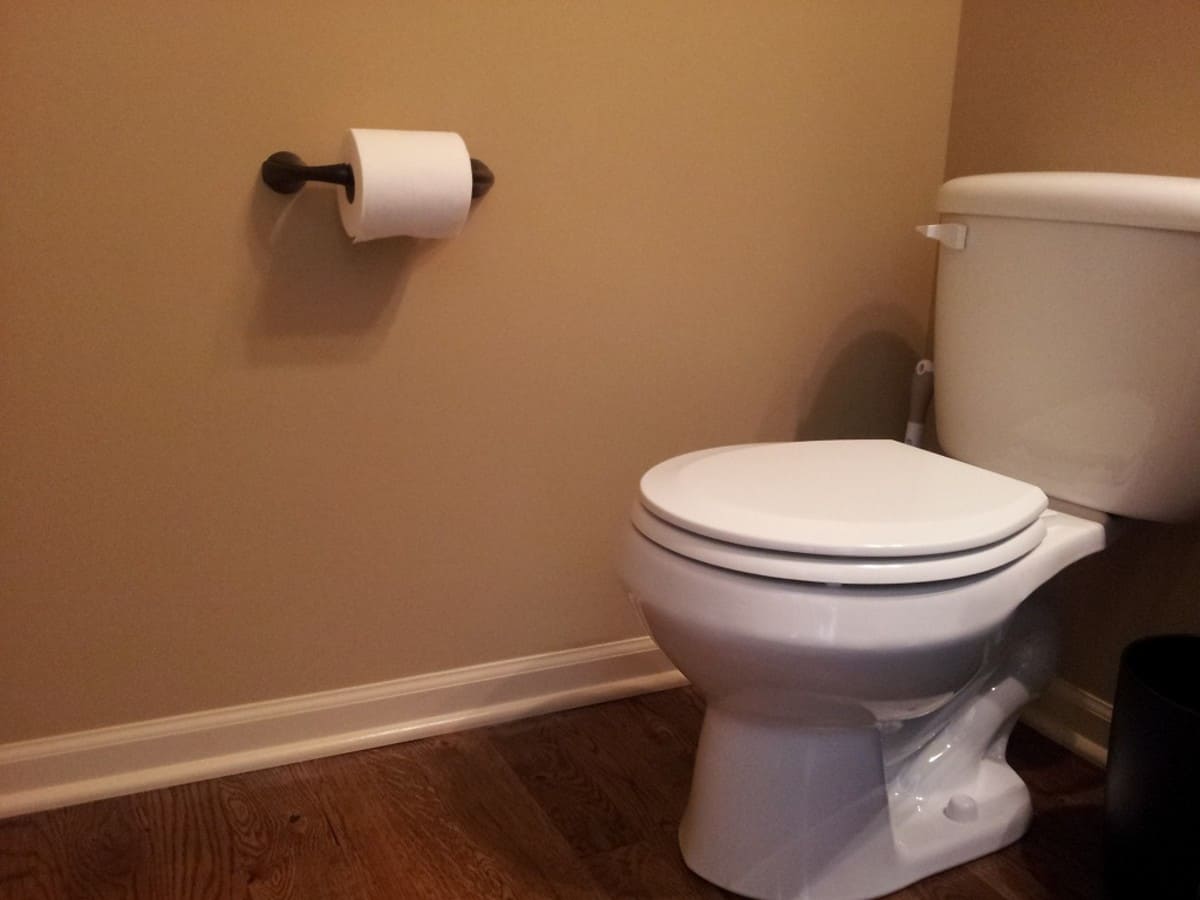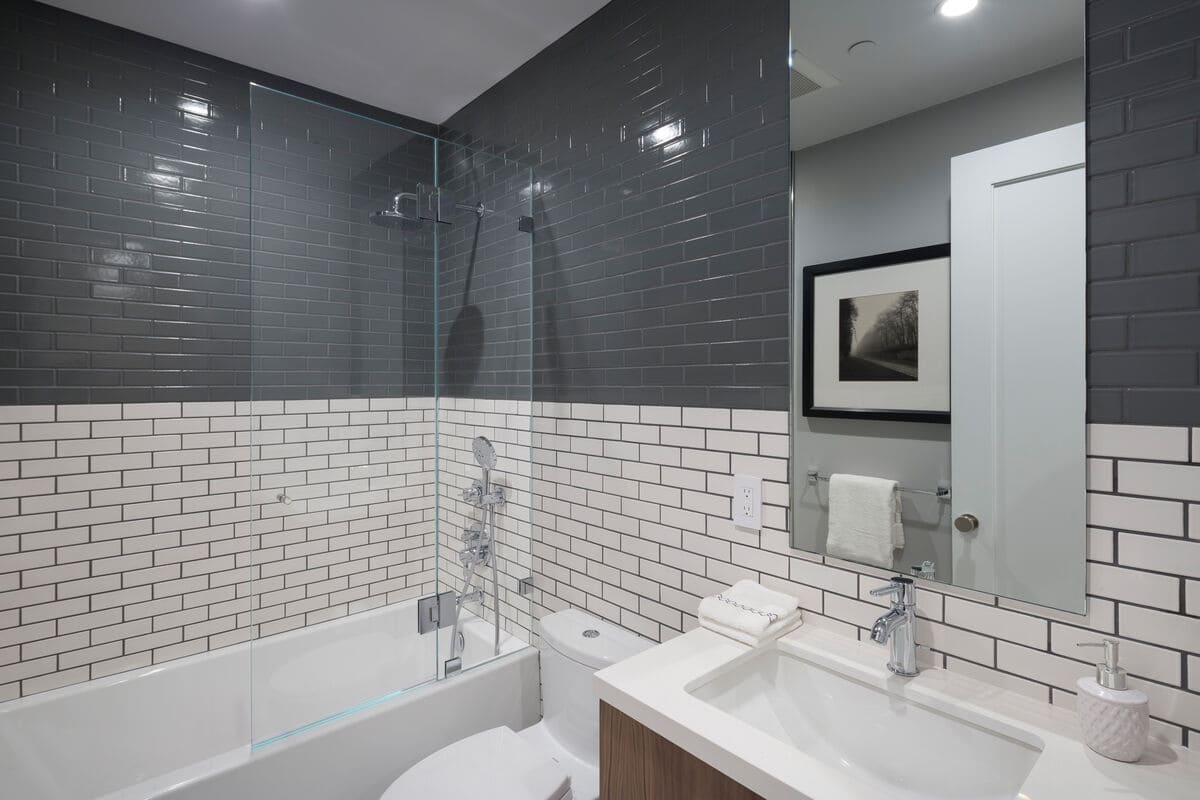In the realm of modern plumbing solutions, tankless toilets stand out as revolutionary fixtures designed to enhance efficiency, save space, and contribute to eco-friendly living. However, even with their advanced technology, users may encounter occasional issues, such as a tankless toilet not flushing. In this comprehensive guide, we delve into the intricacies of tankless toilets, exploring common problems and providing expert solutions to ensure an uninterrupted and reliable bathroom experience.
Understanding the Mechanism: How Tankless Toilets Differ
Traditional toilets rely on a tank filled with water to initiate the flushing process. In contrast, tankless toilets, also known as flushometer toilets, operate without a reservoir, offering a sleek and compact design. Understanding the unique mechanism is crucial for troubleshooting when issues arise.
Common Issues with Tankless Toilets
- Water Supply Interruptions: A frequent problem with tankless toilets is a disruption in the water supply. This can result from issues with the water source, such as a shut-off valve or sediment accumulation in the water line.
- Clogs in the Flushometer Valve: Over time, mineral deposits and debris can accumulate in the flushometer valve, hindering its functionality. Regular maintenance is essential to prevent clogs and ensure optimal performance.
- Sensor Malfunctions: Some tankless toilets utilize sensor technology for touchless flushing. Sensor malfunctions can lead to a toilet that won’t flush. Troubleshooting involves checking sensor alignment and cleanliness.
Troubleshooting Steps for a Non-Flushing Tankless Toilet
Step 1: Check the Water Supply
Begin by ensuring a consistent water supply to the tankless toilet. Verify that the shut-off valve is fully open and functioning correctly. If there are any issues with water flow, address them promptly to restore normal operation.
Step 2: Inspect the Flushometer Valve
Disassemble the flushometer valve carefully and inspect for any signs of clogs or debris. Clean the components thoroughly and remove any obstructions that might impede the flushing mechanism. Regular maintenance can prevent future issues.
Step 3: Evaluate Sensor Functionality
For touchless tankless toilets, assess the sensor’s functionality. Clean the sensor surface and check for proper alignment. In cases of persistent malfunctions, refer to the manufacturer’s guidelines for recalibration or sensor replacement.
Proactive Measures for Preventing Tankless Toilet Issues
- Regular Maintenance Schedule: Implement a routine maintenance schedule, including flushing the flushometer valve and checking for any signs of wear or corrosion.
- Water Softening Systems: If your water source has high mineral content, consider installing a water softening system to reduce the risk of mineral deposits affecting the flushometer valve.
- Manufacturer Guidelines: Always follow the manufacturer’s guidelines for installation, maintenance, and troubleshooting. Adhering to these recommendations ensures optimal performance and longevity.
Conclusion: A Flawless Flushing Experience with Tankless Toilets
In conclusion, the era of tankless toilets brings forth innovative solutions for modern bathrooms. Understanding the unique mechanisms and proactively addressing potential issues can ensure a seamless and reliable flushing experience. Whether it’s a water supply interruption, flushometer valve clog, or sensor malfunction, the troubleshooting steps outlined here empower users to resolve the problem efficiently.




